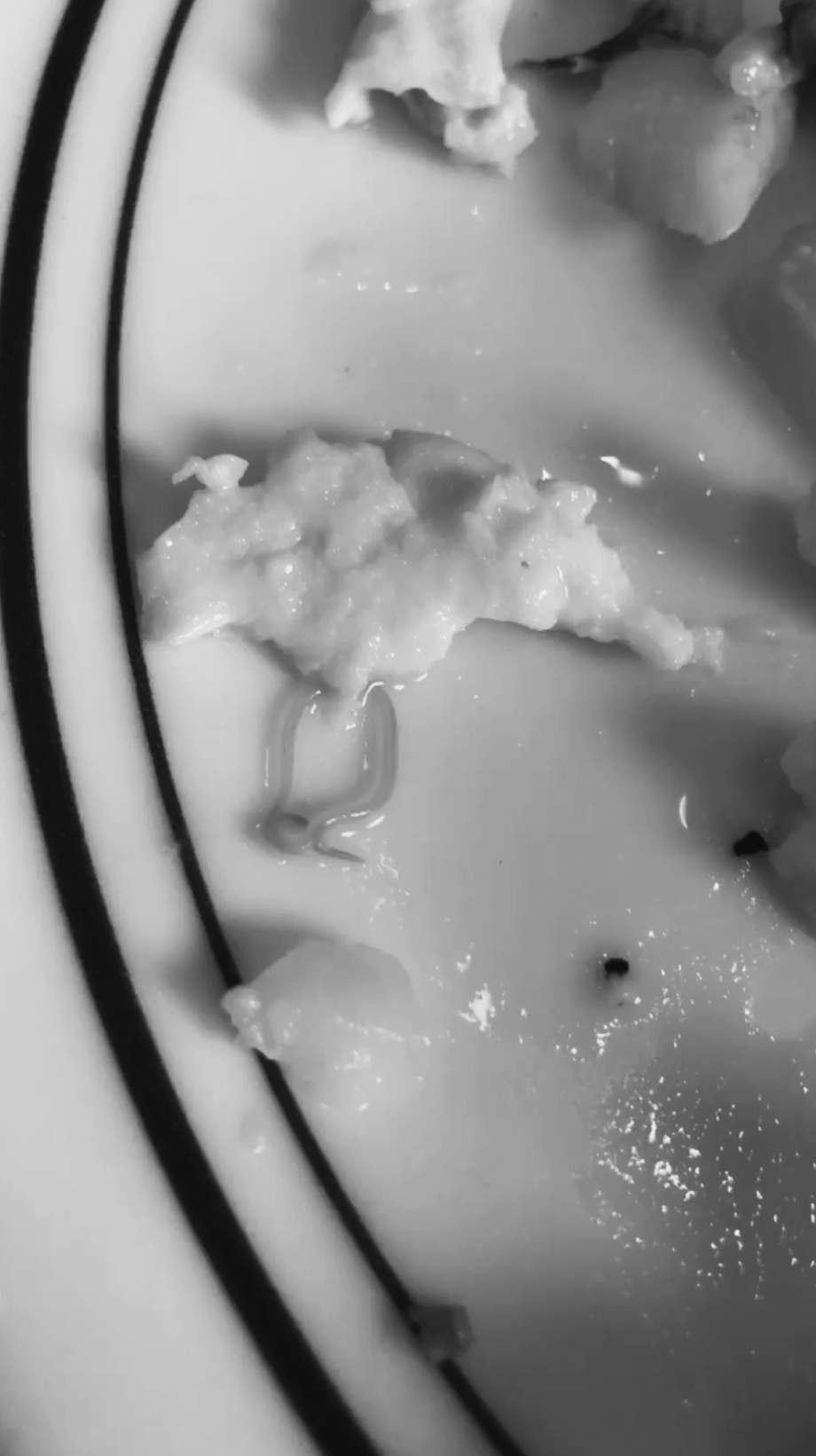
Shortly after finishing brunch last Saturday, a Yale undergraduate — who requested that her name not be included in the article to protect her privacy — was not feeling well. She figured she had eaten too much food.
But when she looked down at her plate, she saw a small, brown, worm-like creature coiled underneath some scrambled eggs.
And then it moved.
After reviewing a video of the specimen posted on the Facebook group “Overheard at Yale,” School of Medicine professor of pediatric infectious diseases, microbiology and public health Michael Cappello identified the organism as a third-stage larva of the nematode parasite Anisakis simplex — a specimen that medication cannot kill.
“Eating a live Anisakis larva can sometimes lead to gastric distress, nausea, vomiting, ulcers and allergic reactions due to the body’s inflammatory response to the invading worm,” he told the News on Wednesday night.
If consumed and left untreated, according to the Centers for Disease Control and Prevention, the parasite will eventually die and produce an inflamed mass in the esophagus, stomach or intestine that may require surgical removal.
Connecticut health safety regulations state that fish must be cooked to an internal temperature of at least 140 degrees Fahrenheit in order to kill any unwanted bacteria or parasites. If cooked to a safe temperature, Cappello said the parasite that the Yale undergraduate found slithering on her plate would have been dead.
After the News informed Yale Dining Operations Director Robert Sullivan about the organism’s identity, Sullivan emphasized his team’s dedication to food safety.
“We are reviewing our current practices as it relates to handling fresh fish. This means freezing fish from 24 to 72 hours or cooking it to 140 degrees Fahrenheit for at least 10 minutes,” he said. “In this case, it appears that adequate cooking procedures might not have taken place. We are investigating the incident at Silliman.”
Sullivan added that he is unable to make further comment until the investigation is completed.
Still, in an initial interview with the News — before Cappello had identified the organism as a parasite — Sullivan defended Yale Dining’s food handling techniques.
“[The organism’s] not dangerous,” he said. “It’s natural, it’s recurring and it happens all the time.”
“We want to cook everything to 140, but of course, you know, you can eat seafood raw,” he added. “People do it all the time with sushi, but we still like to cook it to 140, even though you don’t necessarily have to.”
Sullivan explained that the cod — which Yale receives fresh from the North Atlantic — is “really wormy right now,” and that “there’s nothing more natural than worms in fish.” According to a 2011 study conducted in Norway, 87 percent of all wild cod that researchers found contained Anisakis simplex. When killed by heating the fish to the proper temperature, the worms are harmless in humans.
Still, while the student did not ingest the parasite, the incident has made her more wary of Yale Dining’s cooking practices.
“I ate in Silliman almost every day this semester,” the student said to the News. “I don’t think I’ll be able to do that anymore. I definitely won’t be eating the cod.”
The World Health Organization estimated that over 880 million children are in need of treatment for intestinal worms.
Matt Kristoffersen | matthew.kristoffersen@yale.edu







